WARNING: This episode presents topics on workplace fatalities and suicide – Listener discretion is advised.
Sara announces the publication of a new book of which she is a co-editor, “Healthcare Insights: The voice of the consumer, the practitioner, and the work design strategist.” “The intent,” she explains, “is to empathise and to understand situations from many points of view. It’s like holding a crystal to the sky, and seeing different colours refract when you spin it around,” says Sara. Trace concurs, “Storytelling and narratives are prisms to view a different world.” Tracie elaborates on his contribution to a chapter in another book in the Workplace Insights series on Good Work Design, using empathy maps to articulate victim impact statement. “That’s golden,” Sara exclaims, “That’s from working with me! I love that a past state prosecutor is using empathy maps in storytelling.” Trajce recalls, “We used empathy maps in our safety conference presentation on distributed work emerging from the pandemic”. Alan retorts, “I remember that conference. I think there was some trivialisation of alcohol at that event!”
Alan and Trajce reflect on their careers in work health and safety law, and on some critical cases. “The downside of workplace criminal law,” Alan deducts, “is that everyone suffers.” Trajce adds, “This is unintentional crime.” Sara shares a subscriber’s, Craig McDonald’s, concerns about causational chains of responsibility, especially when governments constrain capital expenditure in transport infrastructure. Conversely, the podcast crew debate the notion of spurious injury claims and the weaponisation of alleged psychosocial harm.
Full disclosure: gremlins invaded the studio ghost in the machine, faculty cables during recording caselaw discussion, we know, we know, but the content was too good to omit. Enjoy!
